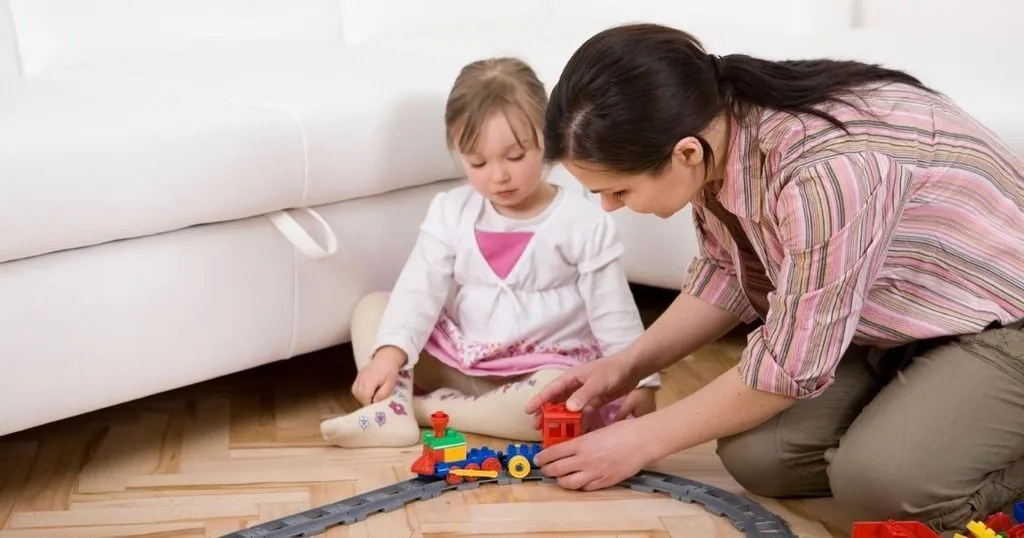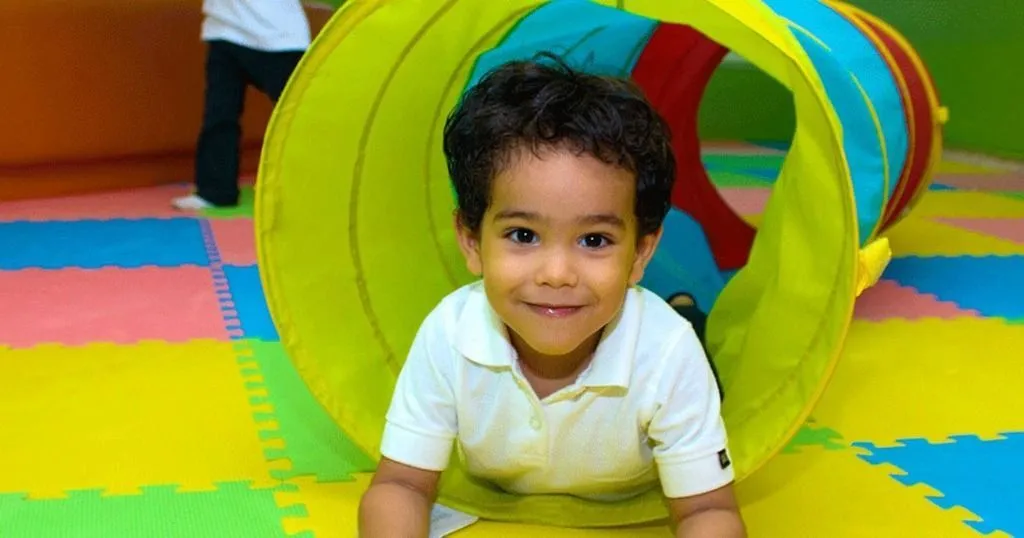Parent-child interaction: Measuring the effectiveness of interactions
Quality of parent-child interaction is one of the major predictors of emotional and social development of children, which makes parent-child interaction an important focus of child development research.
Posted by
Published on
Fri 23 Mar. 2012
Topics
| Coding Schemes | On-site Research | Parent-child Interaction | The Observer XT |

Quality of parent-child interaction is one of the major predictors of emotional and social development of children, which makes parent-child interaction an important focus of child development research.
By examining patterns of parent-child interaction before and after an intervention, researchers try to identify changes in behavior. In order to reach desired behavior patterns, certain changes need to occur. Then an intervention can be evaluated as effective or non-effective.
Understanding treatment effectiveness
Recently, De Rubeis and Granic presented an interesting study: Understanding treatment effectiveness for aggressive youth: the importance of regulation in mother-child interactions. They state that studies continue to report variability in outcomes, and researchers have yet to understand why certain interventions only produce behavior change in some children. It is understandable that not all will produce changes, but in behavioral research, you would like to give a negative or positive result about a certain therapy.
On-site research
De Rubeis and Granic presented their study in Family Psychology. This study focused on mother-child interaction when trying to solve an issue. The observational research was performed on-site, in family homes. Doing research in a natural environment can provide very valuable data. Compared to lab experiments, an experiment in a natural setting allows for the context of the family home to be taken into account. Moreover, people often feel more relaxed in their own environment.
Regulated dyads
Specifically, De Rubeis and Granic explored the influence of dyadic regulation to see if regulation would make a difference in assessing a treatment’s success. They observed regulated dyads and dysregulated dyads and defined regulated as "Dyads in which both partners showed an overall positive slope of expressed affect (despite instances of negativity)". De Rubeis and Granic observed how mother and child tried to manage the situation after an intervention had taken place.
Coding behaviors
The mother and child were asked to participate in three discussions. The third discussion, marked as “the conflict discussion”, was coded and used for further analysis. Coders used a modified version of the Specific Affect Coding System (SPAFF, Gottman et al., 1996a/b) and were trained beforehand. This coding scheme consisted of 10 mutually exclusive affect codes, such as fear/anxiety, whine/complain, and joy/excitement. The Observer software was used for coding behaviors and to make a duration/sequence-based comparison. After 80% agreement was reached, the professional coders started coding the collected videos. Starting an experiment with a detailed coding scheme typically ensures a good start to your research. Developing a coding scheme can be a real challenge, but it helps you to focus on the behaviors that are of real interest to you.
Presenting results
De Rubeis and Granic conclude by saying that “dyadic regulation may be an important process associated with treatment success for aggressive youth”. When a dyad was regulated in its interaction, a safe context was created for children. In such an environment, negativity seemed less problematic then in unregulated dyads. Mother and child were able to work through these negative phases and they were able to return to a positive or neutral conversation mode. In managing interactions and evaluating treatment success, it is very important to take disharmonies into account. When managed correctly, these negative outbursts don’t have to lead to a problematic situation.
References
- De Rubeis, Sera; Granic, I. (2012). Understanding Treatment Effectiveness for Aggressive Youth: The Importance of Regulation in Mother–Child Interactions, Journal of Family Psychology, 26 (1), 66-75.
- Gottman, J. M., Katz, L. F., & Hooven, C. (1996a). Parental meta-emotion philosophy and the emotional life of families: Theoretical models and preliminary data. Journal of Family Psychology, 10, 243–268. doi: 10.1037/0893-3200.10.3.243
- Gottman, J. M., McCoy, K., Coan, J., & Collier, H. (1996b). The specific affect coding system (SPAFF) for observing emotional communication in marital and family interaction. Mahwah, NJ: Erlbaum.
Related Posts

How to measure couple communication patterns

Parent-child interaction in autism: play behavior

